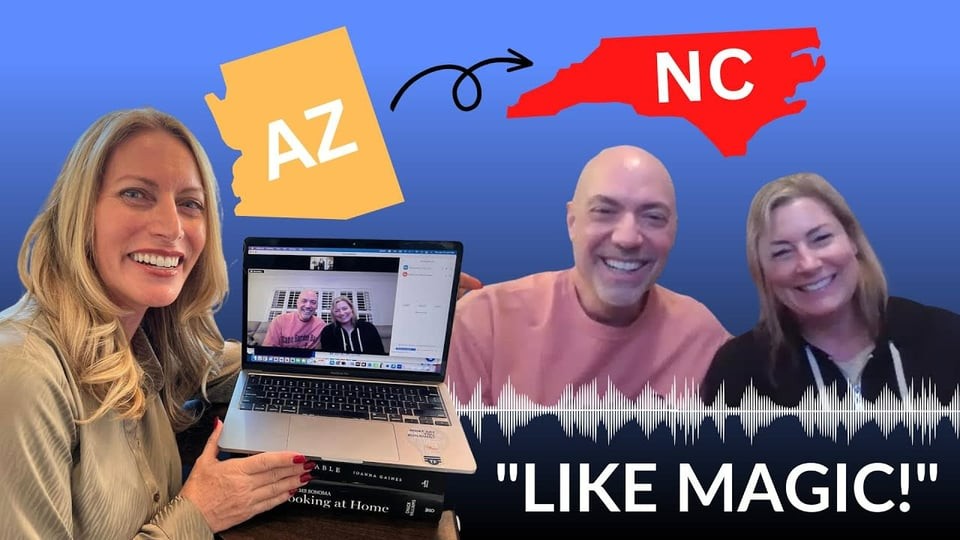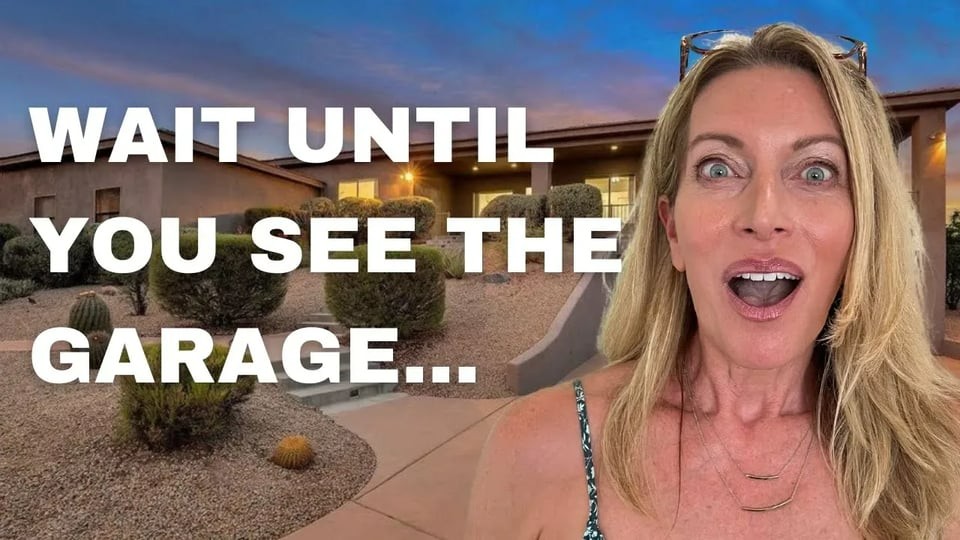Trish Gore, The New Host of American Dream TV
Trish Gore is the new host of American Dream TV, showcasing beautiful, warm and sunny Scottsdale …
Make Moving “Like Magic”!
Meet the Dennis and Jessica, who say working with Trish was “like magic”! Hear about their experience …
They Became Homeowners in just ONE MONTH!
Meet first time home owners Rachel and Jacob! This amazing couple became home owners in just one month…
What Makes Trish an ELEVEN OUT OF TEN??? Hear what Bob has to say about working with Trish
Congrats to Bob and Helen on selling their home and moving to their dream home in New Mexico! We will …
From PRESCHOOL to BUYING A HOME! Andrew’s Buyer Testimonial
Congrats, Andrew, on the purchase of your new home! Call Trish today at (480) 294-6062 or email her …
An entertainer’s dream home! 7+ climate controlled garage, rv garage, full wet bar and more!!!
Dream home situated on over an acre of land, with no HOA! Surrounded by breathtaking mountain views an…







